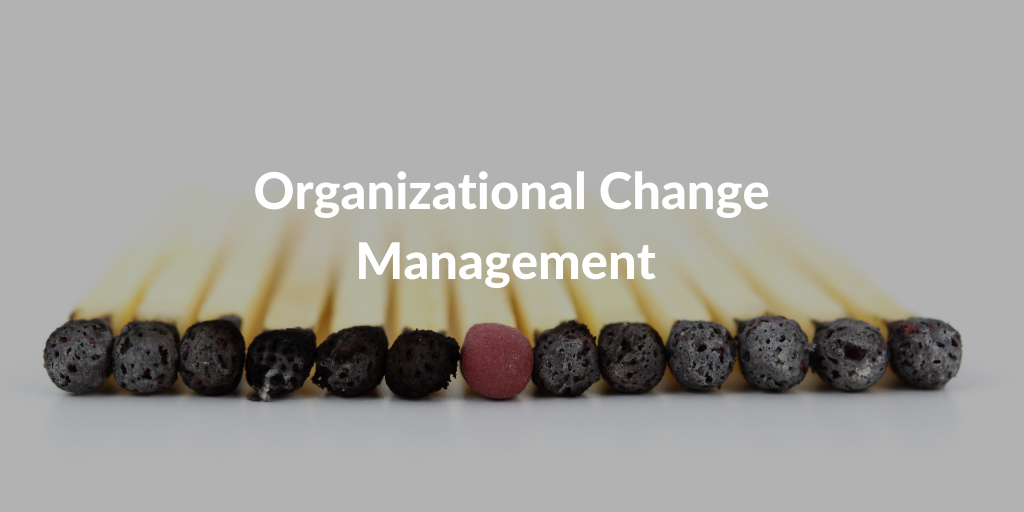ITIL 4: key factor in a digital transformation

Key to ITIL is the Service Value Chain and Value Stream, which exists of six main activities of the value chain. These activities need to be planned and continually improved.
When doing this, specific issues can come to the surface.
How to handle these and how to smooth out the process, is the main focus of the ITIL Strategist Direct, Plan and Improve module.
But what are the principles and methods that can be applied within the theme to support direction and planning?
Organizational change management
When we talk about Change Management in the IT field, we tend to emphasize the technological aspect, for example, the development of functionality or changes to infrastructure.
The more significant the change, the more it has an impact on the daily life of resources.
Therefore the “soft” aspect of change must also be managed. Organizational Change Management is linked precisely to changes in the human environment. Organizations need to become aware of these aspects as well: in the past, IT projects have been predominantly seen as technology-only projects.
According to the definition of ITIL 4, the practice of Organizational Change Management
“ensures that changes are implemented successfully and effectively within an organisation and that long-term benefits are achieved by managing the human aspect of changes.”
ITIL 4 identifies the objectives and benefits of Organizational Change Management and what resources to involve in this practice.
Objectives:
- Convince all the resources involved in the change about the positive impact.
- Reduce or remove resistance to change.
- Ensure that change is successfully implemented and supported.
- Facilitate the transition of resources, teams, and the organization to the desired future situation.
Benefits:
- Improvements are implemented smoothly and with lasting benefits.
- Resources understand the goal of the changes and their impact on work.
- Resources believe in the importance and benefits of changes.
Who should be involved in organizational change management?
The resources to be involved do not all have to be in IT teams: you can involve resources from other sectors of the organization, for example, human resources. Often it is in this department that you have the skills necessary to carry out the practice of organizational Change Management.
The important thing is to understand which activities are to be outsourced and why they are important, and then find the resources with the right skills.
ITIL 4 tip: When undertaking organizational Change Management activities to support an improvement initiative, it is important to consider the resources already present within the organization.
There may indeed be a team of resources with the right skills and experience to use.
It is therefore important to find time and resources to carry out Change Management activities and to involve the personnel department. Digital transformation is organizational and not just technological.
It is not enough to direct software development, but also to direct resources in changing their behavior, guiding communication, and plan activities where the objectives and benefits of the project are explained.
Part of organizational change is training all employees not to be afraid to undertake digital change.
It is difficult, if not impossible, to improve/grow without Organizational Change Management: it is not just about digital change, but about cultural change within the organization.
The ITIL 4 Direct, Plan and Improve module provides the practical skills necessary to create an IT organization in continuous improvement, with a strong and effective strategic direction. ITIL DPI provides a practical method to plan and implement continuous improvement with the necessary agility.
Follow this link to see the free registration of our webinar on ITIL 4 Strategist Direct, Plan & Improve
ITIL® is a registered trademark of AXELOS Limited, used under the permission of AXELOS Limited. All rights reserved.







